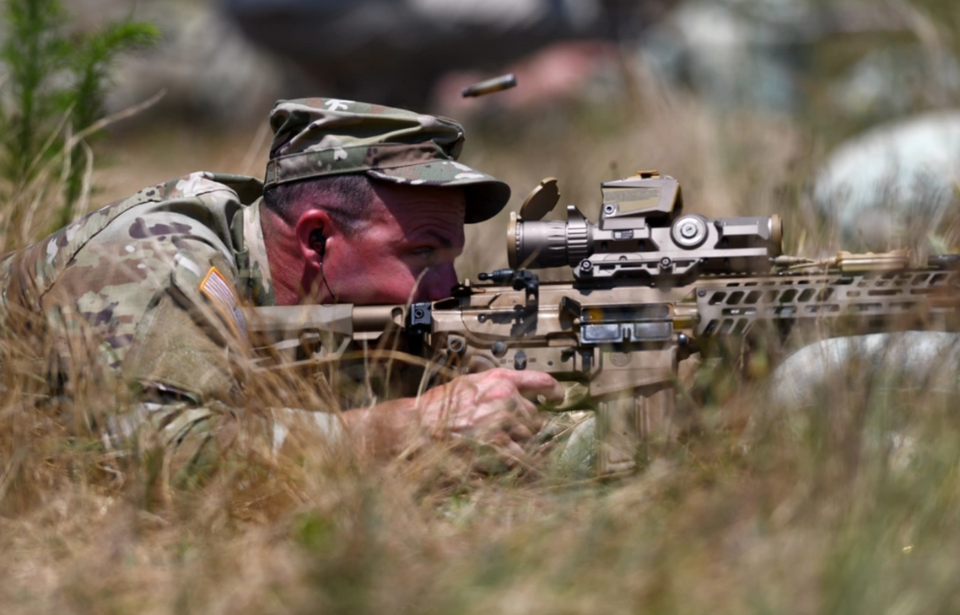The U.S. Army is rolling out the XM7 rifle to take over as the primary weapon for infantry forces, phasing out the long-serving M4 Carbine. This transition is a key component of the Army’s Next Generation Squad Weapon (NGSW) Program, which is designed to better prepare troops for the evolving challenges of modern combat.
Designed for versatility, the XM7 performs effectively in both tight, close-range scenarios and extended-distance firefights. Far more than a simple update, it delivers increased lethality, better protection for soldiers, and a significant boost in operational effectiveness.
Why was the XM7 developed?
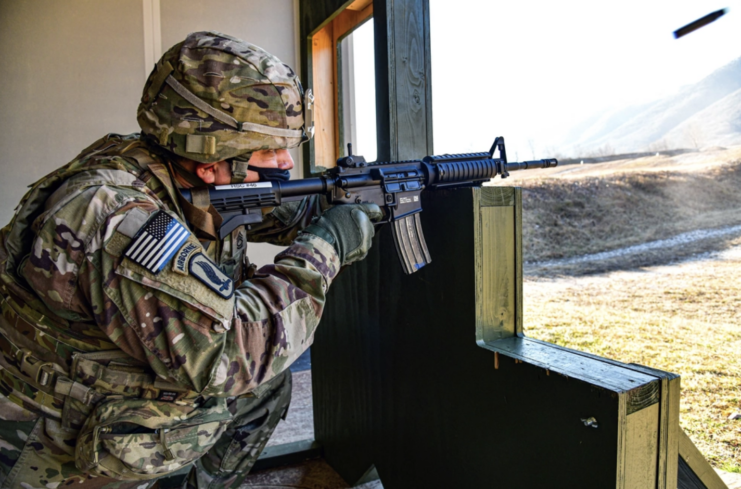
As aforementioned, the XM7 was developed as part of the Next Generation Squad Weapon program, which aims to replace both the M4 Carbine and the M249 Squad Automatic Weapon. While launched in 2019, the desire to give troops a newer weapon for combat had emerged during the War in Afghanistan, as it was found the 5.56 x 45 mm NATO rounds used by both guns couldn’t penetrate body armor or barriers from longer distances.
Among the companies to submit designs was SIG Sauer, which received a 10-year contract from the US Army in 2022 to provide a replacement for the M4 (XM7 rifle) and the M249 (XM250 light machine gun). The former is based on the gas-operated, magazine-fed SIG MCX-Spear, and it notably chambers the newer 6.8 x 51 mm Common Cartridge, which provides both a greater range and lethality; it has an effective range of 600 meters, which is twice that of the 5.56 mm NATO.
XM7 specs.
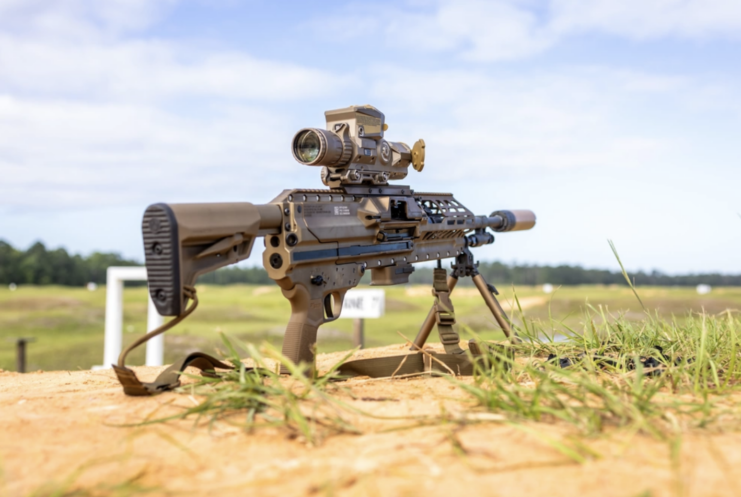
The XM7 boasts a range of state-of-the-art upgrades that make it a significant upgrade over the M4 Carbine. Built as a gas-operated, semi-automatic rifle, it offers remarkable modularity, enabling soldiers to customize it for various missions. Whether outfitting it with advanced optics, suppressors, or other attachments, the XM7 provides unparalleled flexibility on the battlefield. Its fire selector switch also allows users to adjust firing modes to suit different combat scenarios.
Designed for maximum versatility, the XM7 is fully ambidextrous, ensuring it’s accessible to both right- and left-handed shooters. It incorporates a short-stroke piston system, enhancing performance and reliability even in harsh and unpredictable conditions. The rifle also includes an M-LOK handguard, making it easy to attach mission-specific accessories like lights, lasers, and grips.
What truly sets the XM7 apart is its potent 6.8 x 51 mm cartridge. This new round offers superior accuracy, extended range, and increased armor-piercing capabilities, providing soldiers with a decisive edge against both modern threats and lightly armored targets. Overall, the XM7 is engineered to meet the diverse demands of current combat while preparing troops for the challenges of future warfare.
What do soldiers think?
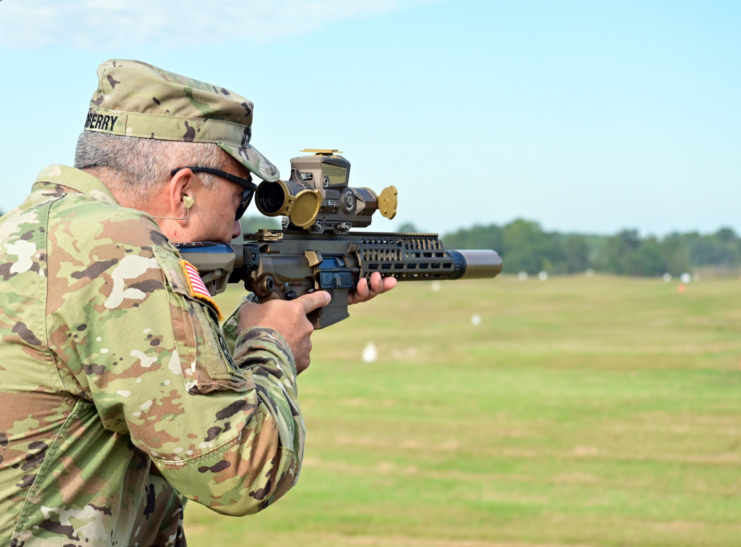
The XM7 began field testing in March 2024, and so far, early feedback has been overwhelmingly positive. Soldiers have praised the rifle for being comfortable to handle and more lethal, with paratroopers from the 101st Airborne Division highlighting its improved accuracy and greater reliability compared to the M4 Carbine.
Even with the strong early reviews, some concerns have been raised. One of the main issues is that the XM7 is noticeably heavier—more than two pounds heavier than the M4—and it has stronger recoil. There are also concerns about the new 6.8 x 51 mm cartridge, which is bulkier than the older 5.56 x 45 mm NATO rounds. Because of this added weight, soldiers may need to carry fewer rounds to stay mobile in the field.
Still, most troops agree that the advantages of the XM7 make up for the drawbacks—and that opinion comes after more than 25,000 hours of testing.
Equipping the XM7 on the battlefield
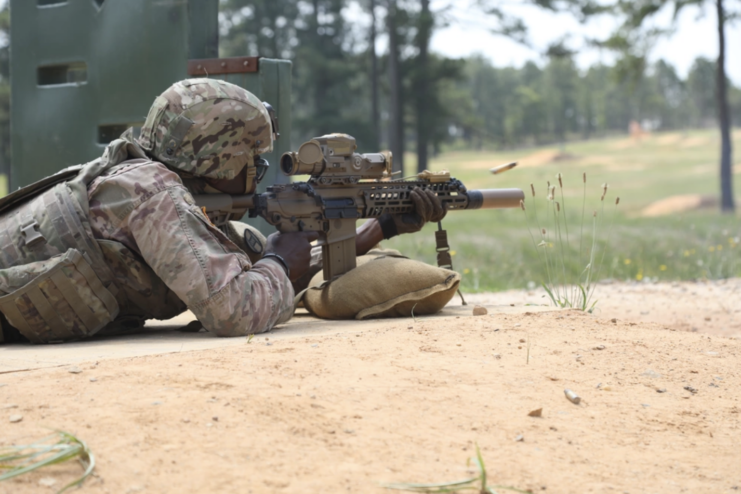
You might be asking, who exactly will be using the XM7 once it officially enters service? The U.S. Army intends for the rifle to be operated by close-combat troops—those on the front lines like infantry soldiers, combat medics, and cavalry scouts. As of now, there are no plans for support or non-combat personnel to receive the weapon.
To meet demand, the Army is aiming to acquire 111,428 XM7 rifles. Additionally, there are also plans in place to build an ammunition plant in Missouri to help ensure a steady and sufficient supply for widespread deployment.
More from us: Was the Breda Modello 30 the Worst Light Machine Gun of World War II?
The Army began issuing the XM7 as part of Fiscal Year 2025.
